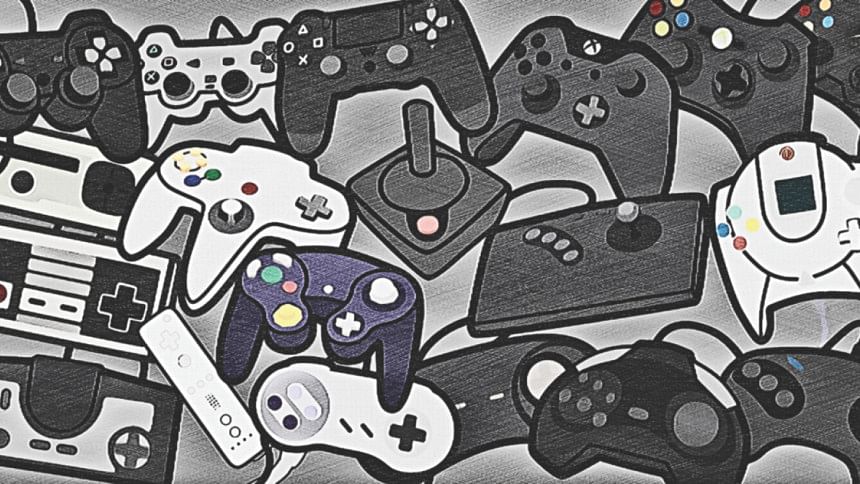The never changing Price Tag of video games

The cost of production of a video game boils down to salaries of developers, production of disks and distribution. In most cases, publishers such as Sony, Bandai Namco, and Activision pay developers up front. This leaves them with full control over the price of a game. And as it stands and is agreed upon, $10 to $60 is the set marker between which publishers are willing to charge. These price points are set by publishers, because it levels the playing field for all parties involved, whilst making sure that they profit. The rest of the publishers' earnings are made up of Deluxe Edition sales and less savoury means.
While the price of a video game has stayed the same, the cost of making them hasn't. The average cost of production has gone up by 3 to 4 over the last decade which left publishers and developers in a fix. This is where ill practices of Day One DLCs, Microtransactions and Loot Boxes came into foul up the $60 AAA experience. The issue becomes real once you take into account the rushed and buggy games that come out. Not to mention, these games sometimes have pay walls all put in place to make sure that you pay for items in-game and for additional content. But as it stands, publishers know not to cross that $60 bracket, because it's much better to sell 10,000 copies than 5,000 copies at $70.

 For all latest news, follow The Daily Star's Google News channel.
For all latest news, follow The Daily Star's Google News channel. 








Comments